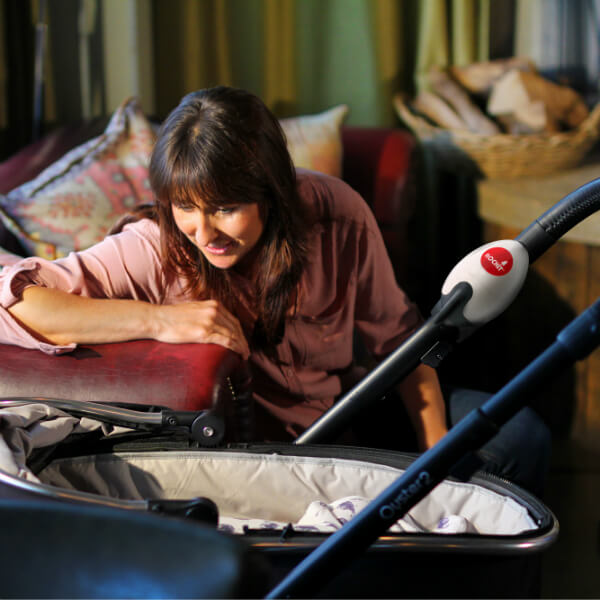UNDERSTANDING SENSORY PROCESSING DISORDER IN KIDS
Sensory processing disorder in kids is something most parents struggle with. Learn the four main types of SPD, plus tips on helping your child manage their sensory issues today.
Sensory processing disorder in kids can manifest itself in many ways, with touch, taste, sound and smell being the four main types of sensory processing disorders (SPDs). When a child has sensory issues, their brain has difficult understanding and processing certain responses to stimuli.
Often, they’ll either have a response to stimuli which is over or under responsive. If a child is over responsive, they will actively avoid a certain stimulus, while under sensitivity results in active seeking it out.
Today we’re going to look at each of the four types of SPD, plus share some tips on how to make managing certain stimuli exposure easier for everyone.
WHAT IS SENSORY PROCESSING DISORDER IN KIDS?
As mentioned above, there are four main types of sensory processing disorder in kids and adults. They are:- Visual – some children are overly sensitive to sunlight and bright lights, where any exposure is physically painful. This can also include flashing lights, car lights, water reflections and even fireworks. While avoidance is not usually possible, management is, which is where wearing sunglasses is incredibly useful. Other tips include wearing hats and darkening windows with a UV film or blackout blind. Some children will actively seek out exposure to sunlight and bright lights. While they are enjoying this stimulus, we do need to keep them safe, which is also where kids sunglasses come in handy.
- Auditory – many children with SPD dislike loud noises, especially unexpected ones. However, many are quite happy to make loud noises themselves! If you know you are visiting somewhere with excessive or sudden noises, wearing ear protectors is a way of reducing the impact the noise will have on your child. Then for children who seek out loud noises or place things close to their ears, ear defenders are also necessary to protect their hearing.
- Oral – oral sensitivities are common in children with sensory issues. Often, they will refuse to eat solids or foods with certain textures. They may not explore things with their mouths like others their age. Kids can even refuse to use spoons, baby bottles and cups too. Then if a child is orally hyposensitive, they will want to put everything into their mouth, which is when safety becomes a big issue. Provide chew toys and other objects which are safe for little mouths to explore and always keep an eye on your child!
- Tactile – even the gentlest touch can feel horrible for a child who is hypersensitive to tactile stimuli. Often, you’ll find children wanting large amounts of physical personal space. There are clothing types they’ll refuse to wear and things such as tags are incredibly annoying. For other children, they desire close contact and pressure around their bodies. Wearing compression clothing and using weighted blankets help meet these needs somewhat.
In New Zealand, sensory processing disorder in kids is not an official diagnosis. What you will probably be told is that your child has sensory issues and there is often no assistance available for these children.
This is where support groups are very useful, such as our Sleepytot Facebook Group. We’d love you to join and meet with other parents whose children are facing similar SPD issues to your child.






Leave a comment (all fields required)